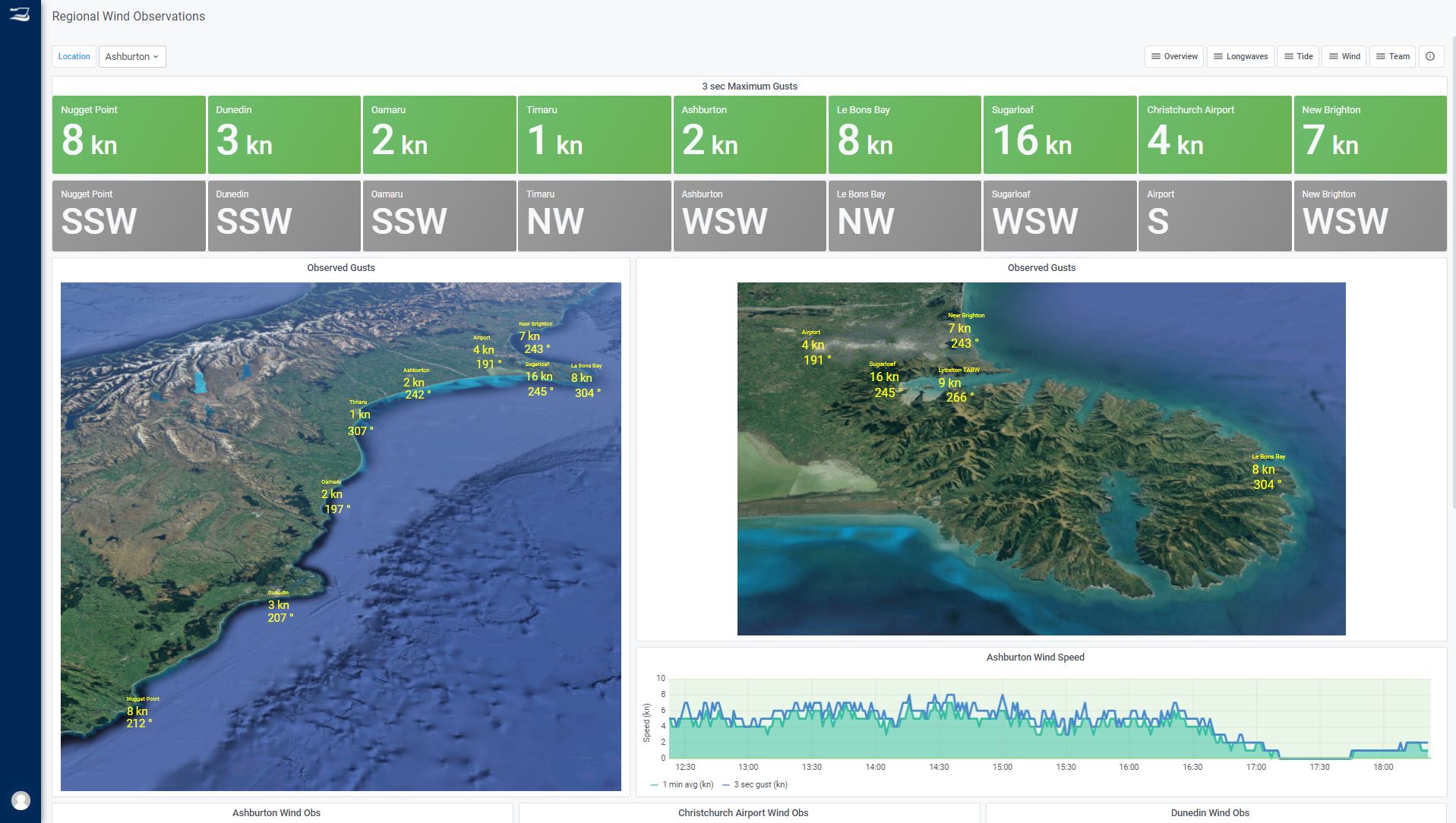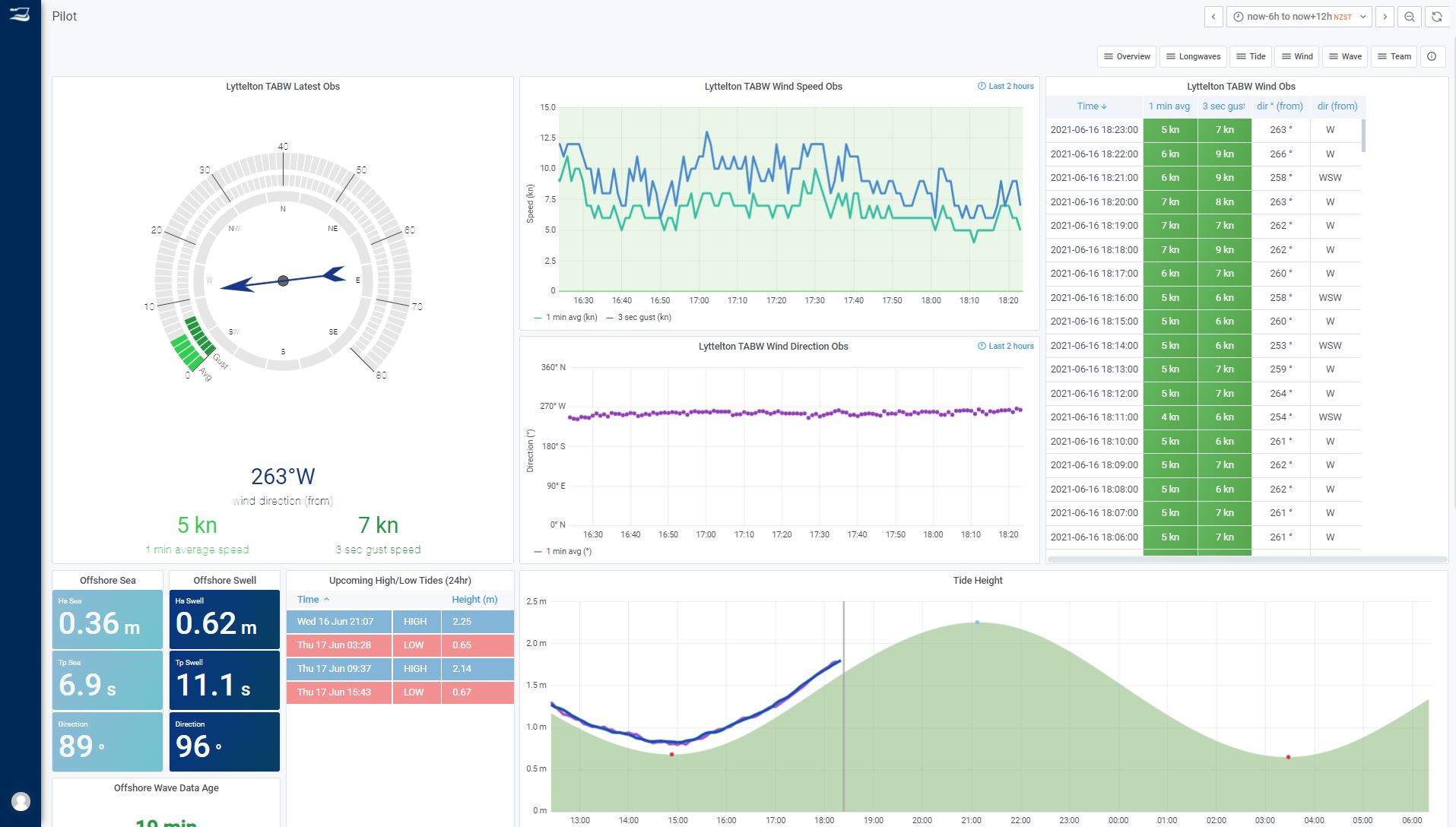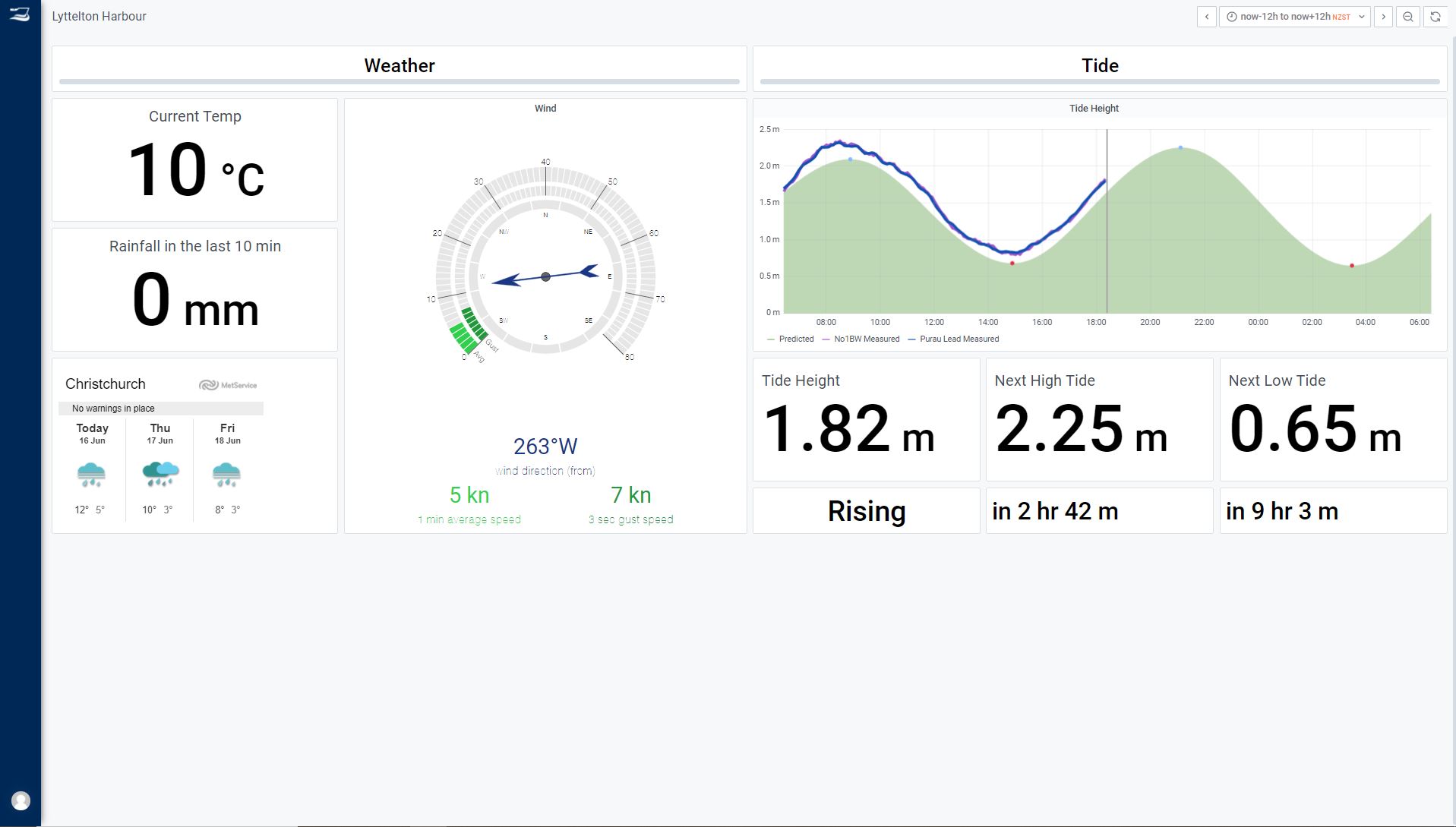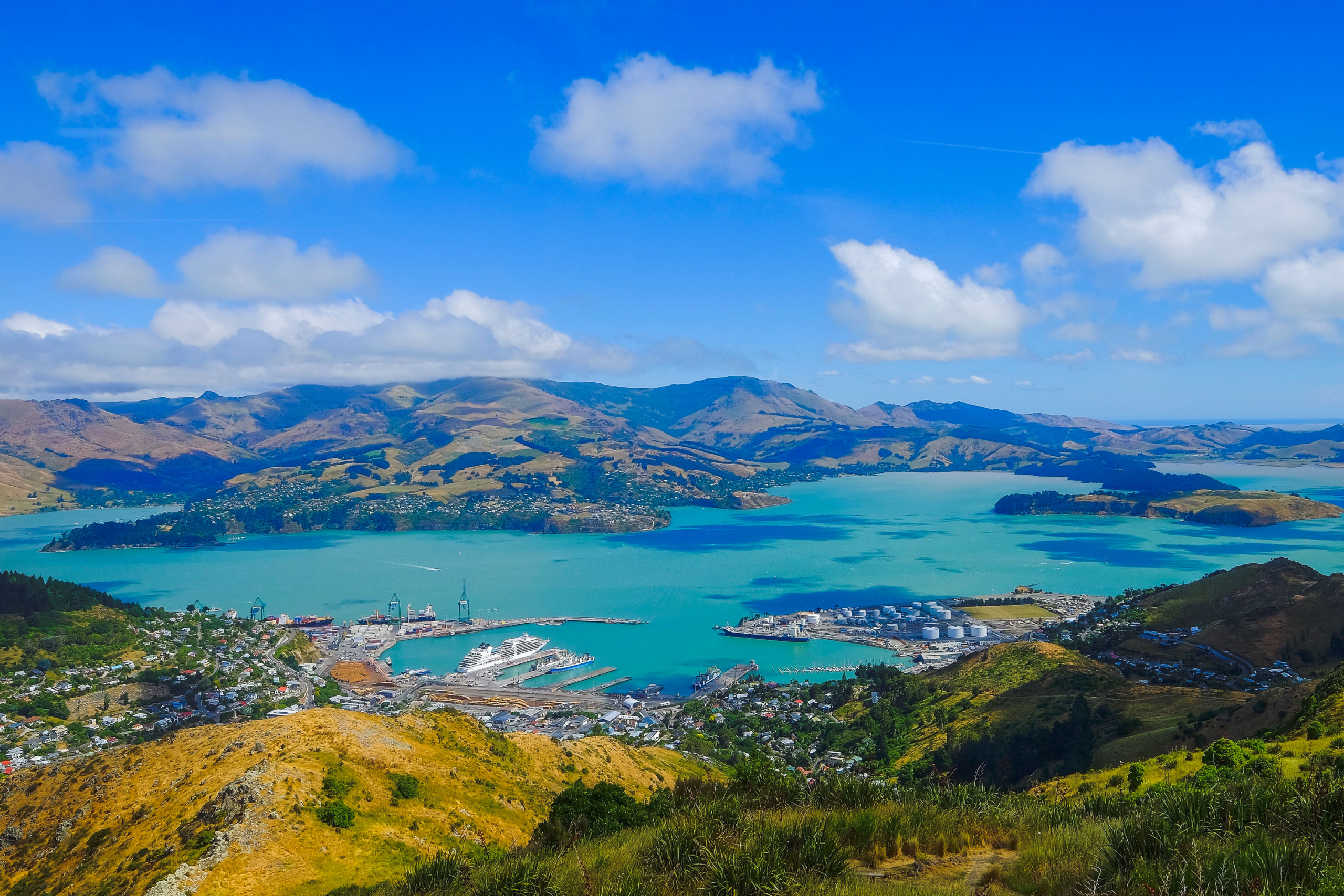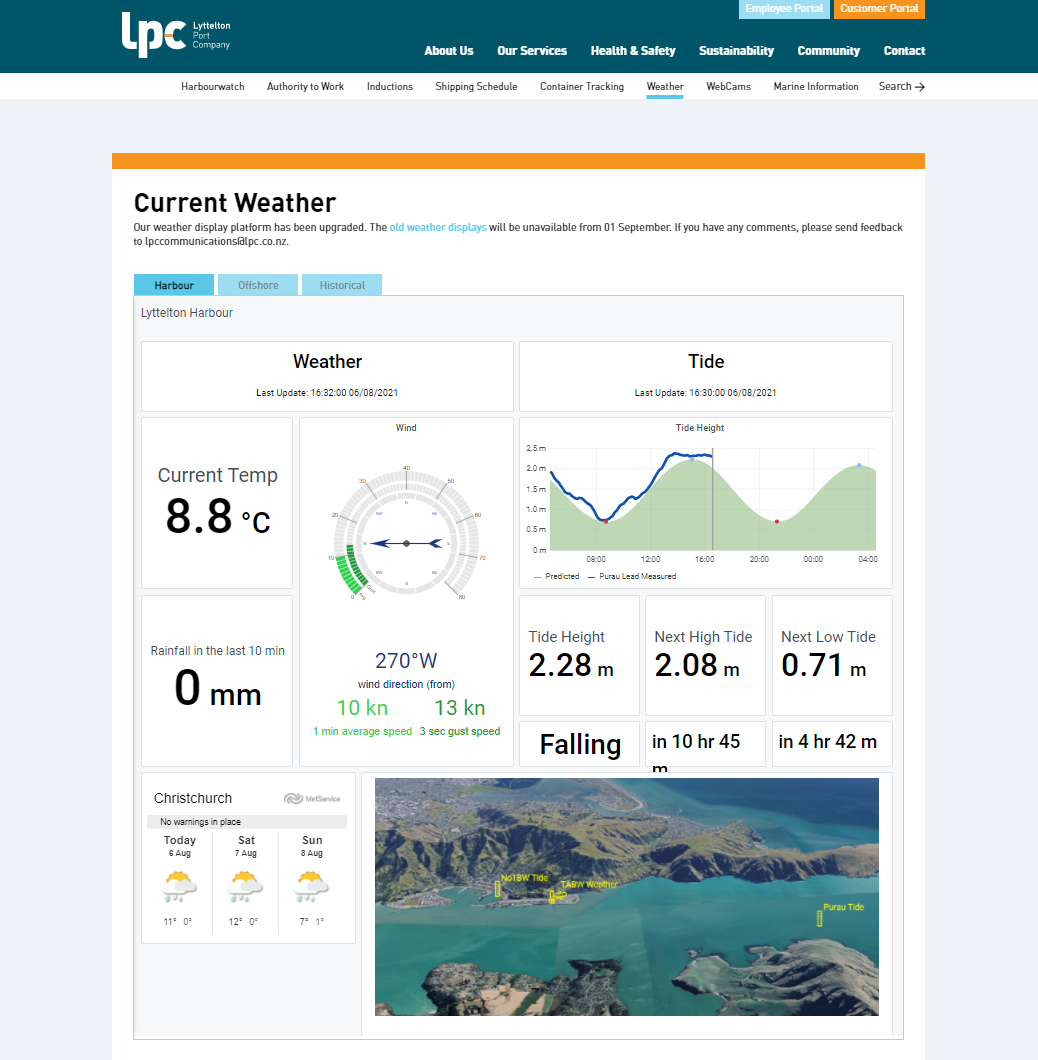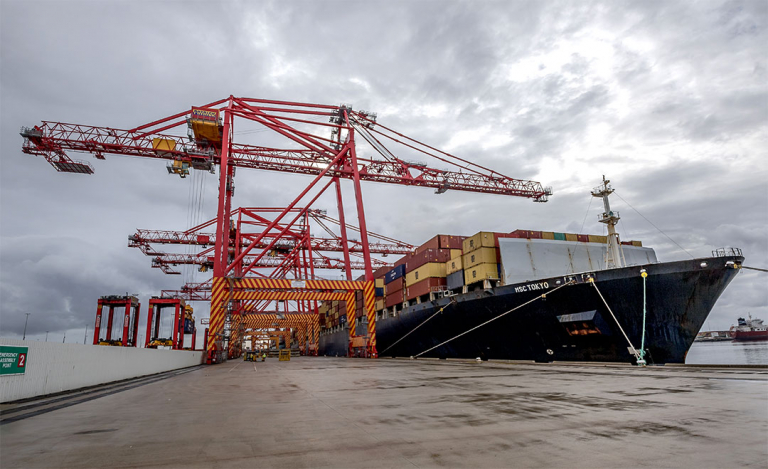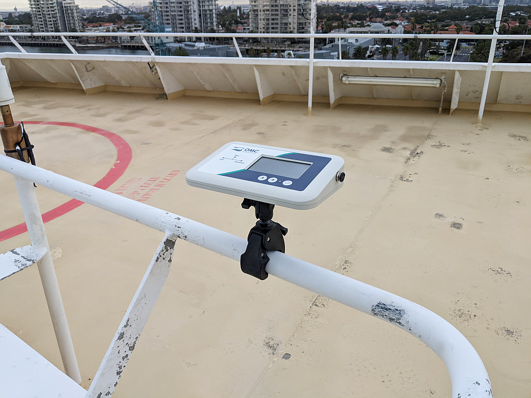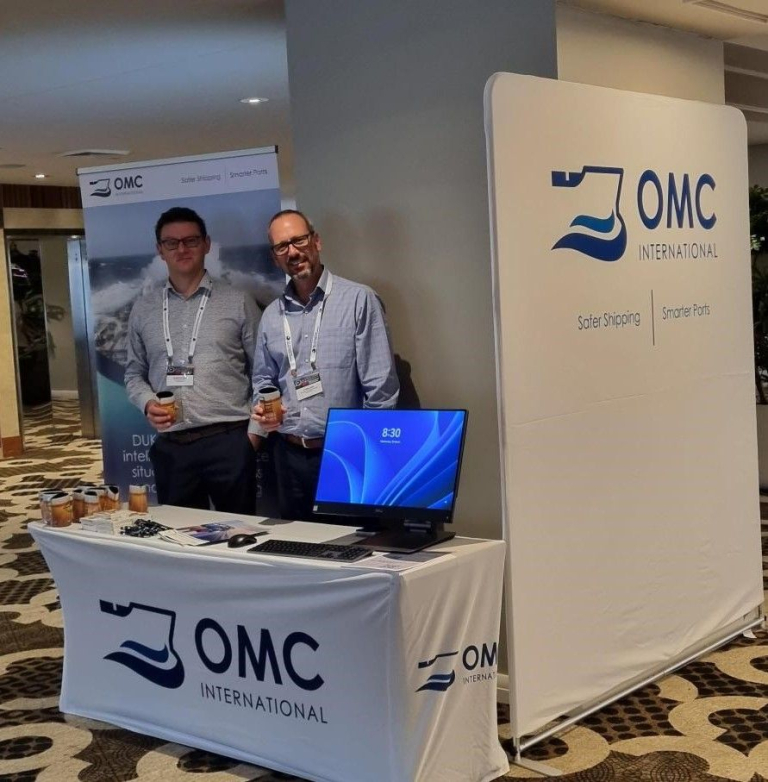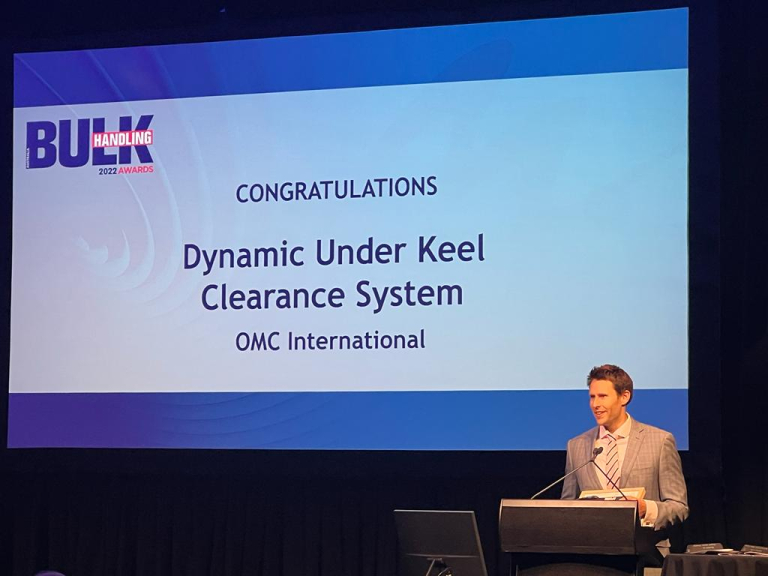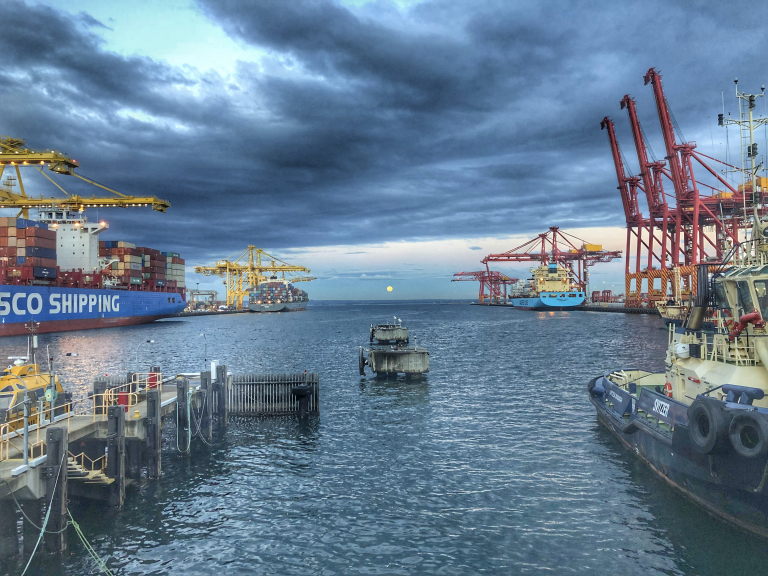Neil McLennan
Engineering Adviser | Lyttelton Port Company
My first experience of weather measurement in Lyttelton was in 1975 when we had 2 Munro clockwork instruments in the port. This involved a weekly visit to a mounting platform, changing the paper roll, replenishing the ink and winding the clockwork drive. These were progressively upgraded to electrical then electronic instruments.
Following damage to our one instrument site as a result of the 2010 and 2011 earthquakes we took a fresh look at how we used and could use meteorological data, and as a result we increased our instrumentation sites to 7, 4 of which were in Lyttelton. This number now stands at 9 land based sites, plus 3 marine wave and tide measurement sites.
A wide range of real time and forecast alerts are generated for our different operational areas. These are used to manage risks such as coal dust, container roll, plant operational limits, safe marine pilotage, vessel mooring, infra-gravity wave vessel surging, dust from dry bulk unloading, and dry dock painting and abrasive blasting. Wave inputs also assist our understanding of sediment transport processes, of benefit to management of our annual maintenance dredging programme.
Following an earlier engagement of OMC to provide their DUKC® under-keel clearance management system, we have worked with New Zealand’s MetService in partnership with OMC to deliver their Portweather platform.
This has achieved for all our users a significant improvement in clarity of presentation, ability to configure screens and devices to suit different operational needs and to analyse historical and near real time data.
OMC, MetService and LPC have collaborated to deliver a very successful project for the Port.
